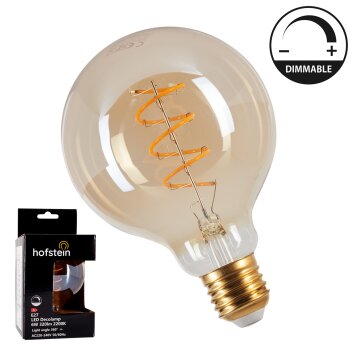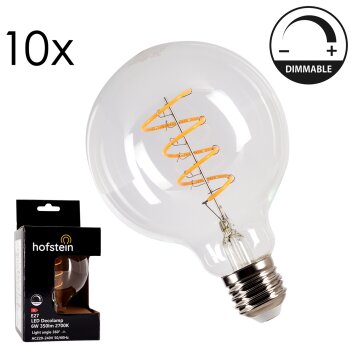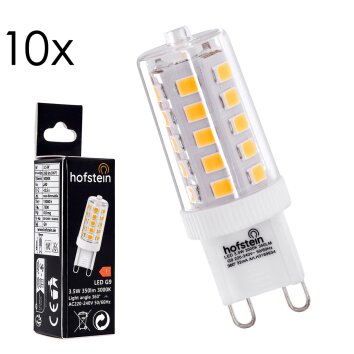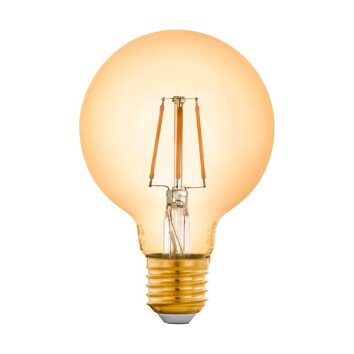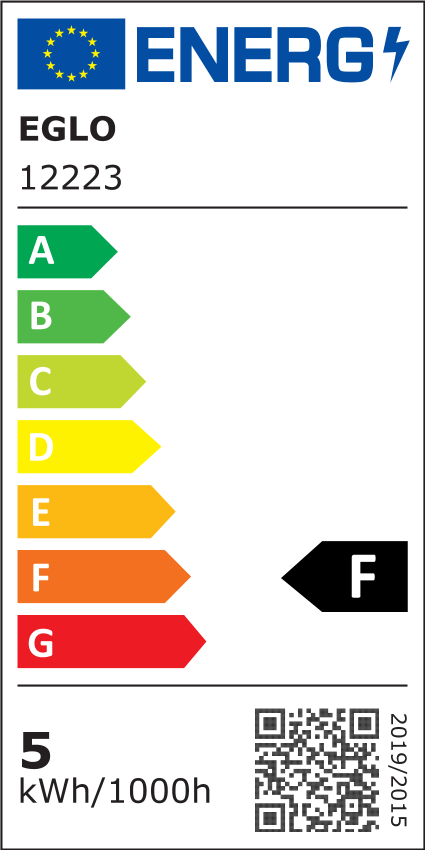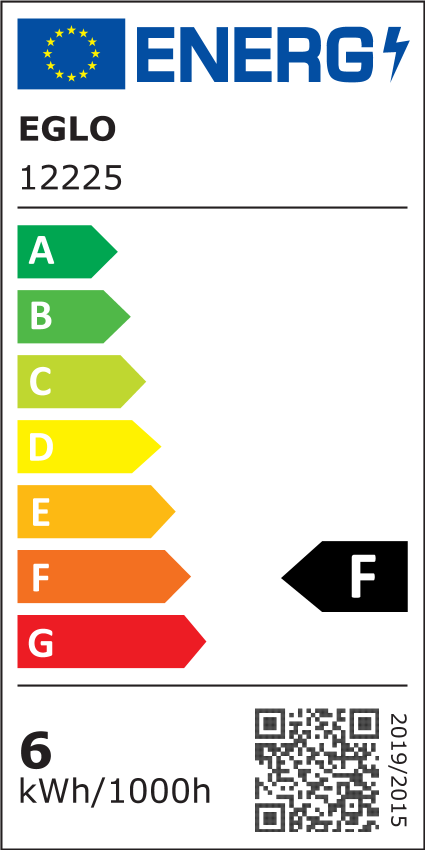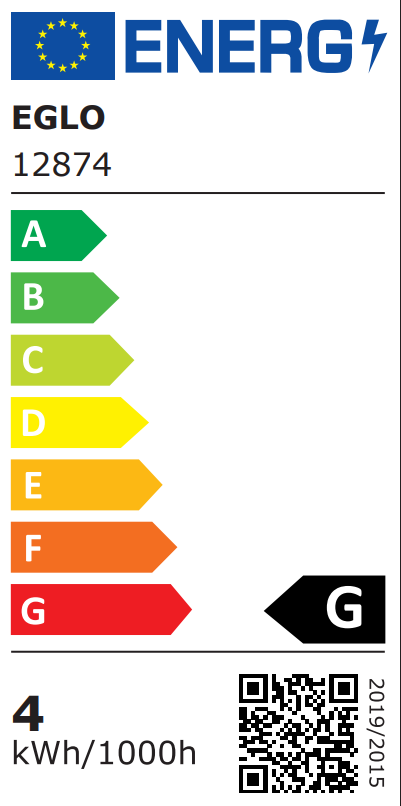The incandescent bulb is the oldest form of producing light electrically. Due to the ban on incandescent lamps since 2012, light must be brought into the darkness in other ways. The solution is LED lamps and filament lamps, which are based on the classic light bulb in terms of design, but are more economical and efficient without losing luminosity.
Comparison of Classic Light Bulbs and LED Light Bulbs
| Lightbulbs | LED lamps |
| high energy consumption: only 5% of the energy is usefully converted | energy-efficient and high luminous efficacy: between 30 and 40 % converted energy |
| energy-efficiency and high luminous efficacy: between 30 and 40 % converted ernergy | long lifespan: 35,000 to 50,000 hours |
| colour temperature between 2300 and 2700 Kelvin | any colour temperature possible |
| E14 and E27 lightbulbs | LED lamps are available with E14 / E27 socket (sometimes being called retrofit"). These can be easily screwed into existing lights |
| can be dimmed | Smart Home compatible (depending on model) |
| Indication of brightness in Watts | Dimmable LED lamps must be labelled as "dimmable" |
| Indication of brightness in Lumens |
How and where to dispose of light bulbs?
It is important to dispose of light bulbs properly to protect the environment and prevent the release of harmful substances such as mercury. Old light bulbs can simply be disposed of in your household waste bin. See our article for information and tips on how to dispose of other types of light bulbs, such as halogen and energy-saving lamps: Disposing of lamps: What you need to know.
Incandescent light bulbs are a source of heat: Their light is the result of the heating of a tungsten filament, which has a high melting point, by the flow of electricity. The more watts an incandescent lamp absorbs through its filament, the greater its luminous flux and thus the perceived brightness in the room. Because the wire is still cold when it is switched on, more current flows initially than when it is switched on and operating. As the wire heats up, its resistance increases and the current flow decreases. The electrical resistance is an indication of how high the voltage must be for current to flow through the filament: The higher the resistance, the lower the current will be.
Since 2012, incandescent light bulbs for normal household use have no longer been on sale in the EU. This marks the end of a 130-year era for the light source. It was first commercialised by American inventor Thomas Edison. The reason for the ban is the light output: The inefficient heat emitters convert only 5% of the energy they absorb into light. Most of the energy is therefore lost unused, making the energy efficiency of incandescent lamps extremely low. In addition, incandescent lamps have a short lifespan. The filament loses tungsten atoms through evaporation every time it is switched on, so it breaks after about 1000 hours.


